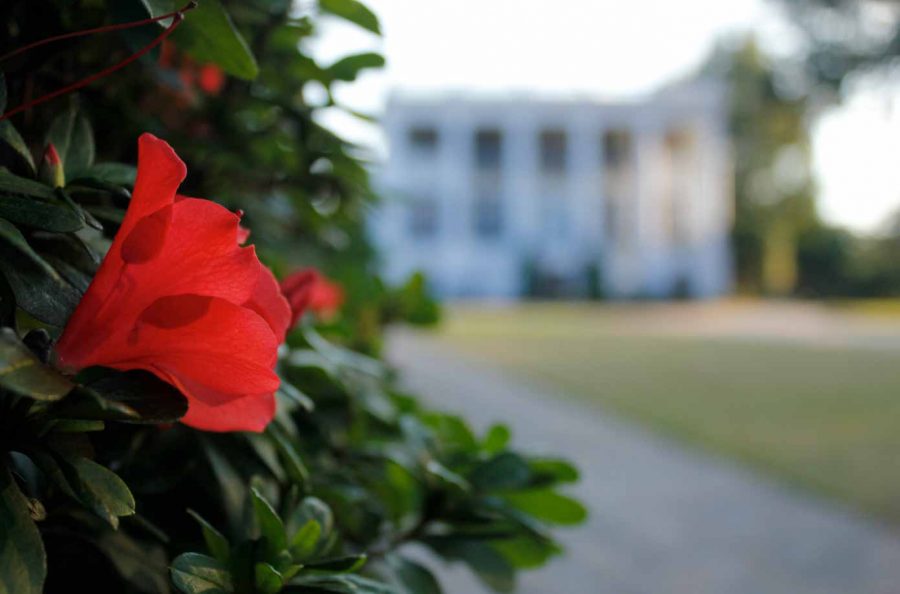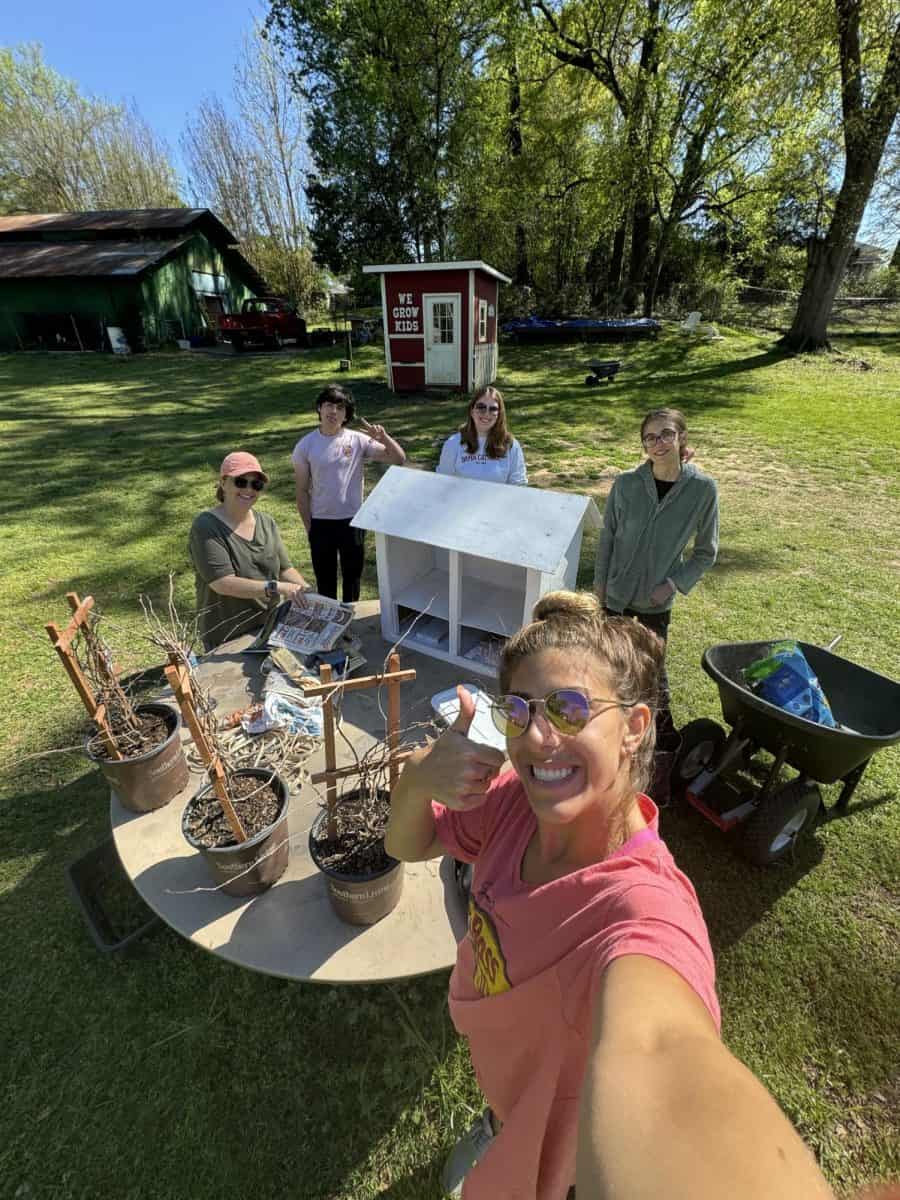By Hannah Widener and Dylan Walker
They are up at dawn and work all day, every day, even during summers. They win national awards. However, 34,852 students pass by and step on their work everyday. These artisans are the University of Alabama grounds department.
(See also “Our View: Permit policy needs review“)
Composed of 80 employees, the grounds department maintains every flower bed, tree, bush and grassy spot on campus. The employees plant 100,000 flowers every year, including 70,000 tulips. The cost of flowers alone is $40,000, noted Bryant Anderson, director of grounds for the past two years.
“It’s a good budget,” Anderson said. “They’re very nice to us. We’re not lacking for money.”
(See also “Facilities need to reflect UA growth“)
The tulips are planted in the fall to bloom in spring, but all of the other flowers were grown elsewhere and shipped in for display. UA horticulturalist Chrissy Plowman said the tulips, planted in about half of the beds, are imported from Holland. The President’s Mansion is planted with salvia in the spring.
“That’s what Mrs. Witt [wife of former UA President Robert Witt] liked and we kept it. Salvia in the spring and multi-colored pansies in the fall,” Plowman said.
According to Business Insider, Alabama is listed among the “14 Most Beautiful and Iconic American College Quads” alongside universities such as Harvard and Yale. Other publications such as The Daily Beast ranked Alabama number three on its “Most Beautiful” list in 2011. Known best as the home of Denny Chimes, the University’s Quad does not run itself.
“I think it’s the leadership commitment,” Anderson said. “Their commitment to making the campus beautiful all year around. They give us the money, equipment, people and resources. They’ve always been very gracious. We’ve never heard them say ‘Chrissy, you can’t plant another flower’ or ‘Kim Byram, you can’t plant another tree or shrub.’”
National achievement comes with a slew of challenges for the department, especially during winter storms. Kim Byram, associate manager of grounds, said ice-melting chemicals are an important safety precaution but can have adverse effects.
“The melt is labeled that it’s not supposed to kill plants and shrubs,” Byram said. “But the first year I was here, we salted the steps at the President’s Mansion, and it killed everything beside the steps.”
Due to the intensity of the unexpected snowstorm that occurred a few weeks ago, the grounds department supplies are depleted. Sand and ice-melt have been the main source of relief to prevent ice buildup and potential accidents.
(See also “Snow, ice shut down Alabama“)
“We had ice-melt, and now that it’s all gone, I don’t know what we’ll do this time,” Walt Dendy, manager of grounds, said.
Weather conditions have permitted perks, temporarily, for the grounds department when it comes to the never-ending battle against weeds. The cold temperatures will keep the weeds at bay for a longer period of time, but will not wipe out the problem completely.
“My two guys probably go through, in a normal week, maybe two and a half gallons this year in the beds and mulch areas. We bought a dozen drums last year, and they’re 30-gallon drums,” Byram said.
According to The Weather Channel’s weather.com, Tuscaloosa receives an average of 1.06 inches of rain per week, with more in the spring and less in the fall. Irrigation supplements the rainfall, but plants without irrigation, including some flowerbeds and trees, must be watered by hand. Plowman has three employees that water all day in the summer, pulling two 500-gallon tanks and one 1000-gallon tank.
“Water, water, water, water,” Plowman said. “Can’t get enough.”
Anderson said students are not typically destructive to property, but can help to keep it clean from trash.
“Flower planters pick up trash three days a week for about an hour and half,” Anderson said. “With 34,000 people walking around, there’s lots of trash. There’s no way around it.”
Constant construction and renovation has resulted in many changes to the University, including many that Anderson has seen in the past few years. Anderson, who attended the University in 1978, has been able to see campus expand.
“When I was here in 1978, well, there’s just no comparison just in size and how we’ve grown. I don’t think we had a flower on campus – a wild flower, maybe. I think things have changed because of Dr. Witt and Dr. Bonner’s commitment to campus,” Anderson said.
Anderson, Byram and their colleagues agree that the challenge of an improving and changing campus motivates them to excel in their work. They face ice, weeds, drought and litter to continually improve the University’s aesthetic for students, faculty and visitors alike.
“It’s an opportunity to change or make better what you’re looking at everyday,” Byram said. “It’s almost like being an artist when it blooms and you see the whole process come together.”







